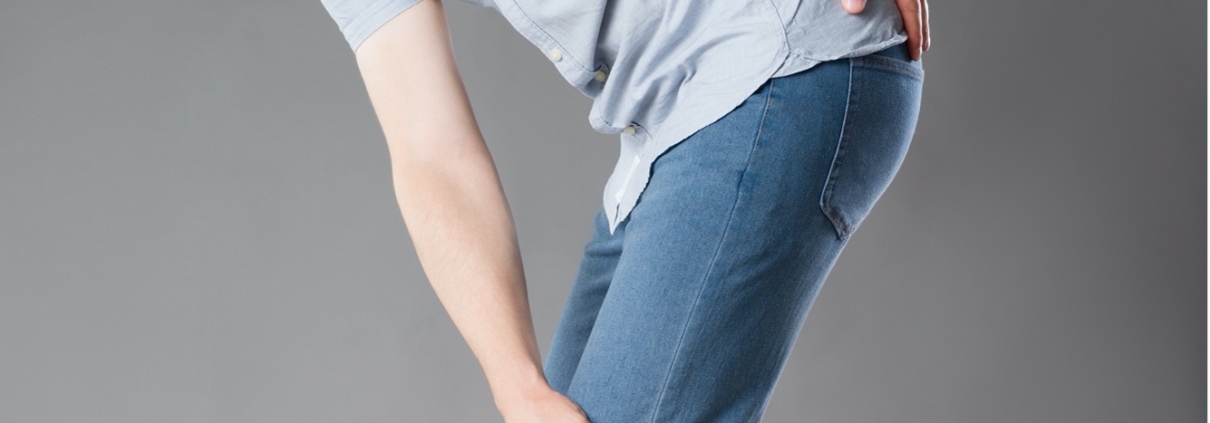Can Osteopathy help with hip and knee pain?
Osteopathy can help with many things. From lower back pain to frozen shoulder and arthritis to sporting injuries.
But, can osteopathy help with hip and knee pain? In a nutshell: yes, osteopathy can more than likely help with pain felt in this region, as it takes on a holistic approach when it comes to treating musculoskeletal disorders and the general skeletal system.
However, as we’ve spoken about before, pain felt anywhere in your body – including in your hip or knee – could be a case of referred pain.
What is referred pain?
Referred pain is pain felt in one area, that’s caused by pain or injury in another part of your body.
With the human body made up of 206 bones, 600 muscles, 900 ligaments and more than 80 billion nerve cells, plus the 12 major organs – it’s perhaps unsurprising that the symptom you present with, isn’t necessarily the cause of the issue.
Taking a holistic approach
Osteopath and Naturopath Robin Kiashek, who has more than 25 years’ experience in the sector, takes a holistic approach when dealing with clients.
“I believe in treating the person and not just the problem they present with,” Robin explains. “This helps me get to the root cause of the issue.”
Robin does so by taking a full history to build up a picture of his patient’s routines and habits to discover where things might be going awry.
“Take someone who is suffering with headaches or migraines,” Robin explains. “I would initially review any medical investigations previously undertaken and consider possible ‘red flags’ and if necessary, refer patients for appropriate investigations. After a comprehensive physical examination, I would quiz them about their sleeping pattern, how often they exercise, their stress load and their diet. All the above plays a part in how the body functions.”
And this is no different to knee or hip pain.
What causes hip and knee pain?
The causes of hip and knee pain are wide and varied. As stated by the NHS, hip pain could be caused by a sudden injury, joint hip fracture, bursitis, ‘snapping hip syndrome’ – to name a few or a longer-lasting problem, like arthritis. While knee pain could be a result of tendonitis, bursitis, a torn/stressed ligament or fascia, osteoarthritis, or a rheumatological condition.
One’s hip, knee and feet are thought of as a ‘closed chain’ – what affects one, will affect the other. Osteopathy can help in evaluating to what extent one’s knee pain and/or hip pain are inter-related.
How osteopathy can help with hip and knee pain
As confirmed by science, osteopathy can help to improve function and relieve pain in the knee. This was seen in a 2018 journal, where researchers concluded that an Osteopathic approach can be used to ‘complement conventional treatment’ of pain in the knee.
Treatment for hip and knee pain generally involves gentle osteopathic techniques, acupuncture, low level laser therapy or a combination of all three.
Robin explains: “Gentle osteopathic techniques can help to increase the mobility of the joints and relieve muscle tension. While low level laser therapy stimulates your cells to repair tissue and reduce inflammation and pain.
Acupuncture can help to enhance the blood supply to the tissues, which in turn promotes the body’s natural healing process.”
Plus, Robin can give you a list of gentle exercises to help aid the mechanics in your hip and strengthen and stretch the muscles in the area, whilst giving advice as to what to avoid and positive things to aid recovery.
If you are really struggling with knee and hip pain, book in an appointment with Osteopath Robin Kiashek to see if we can get to the cause of your discomfort and get you back on the road to recovery.





Leave a Reply
Want to join the discussion?Feel free to contribute!